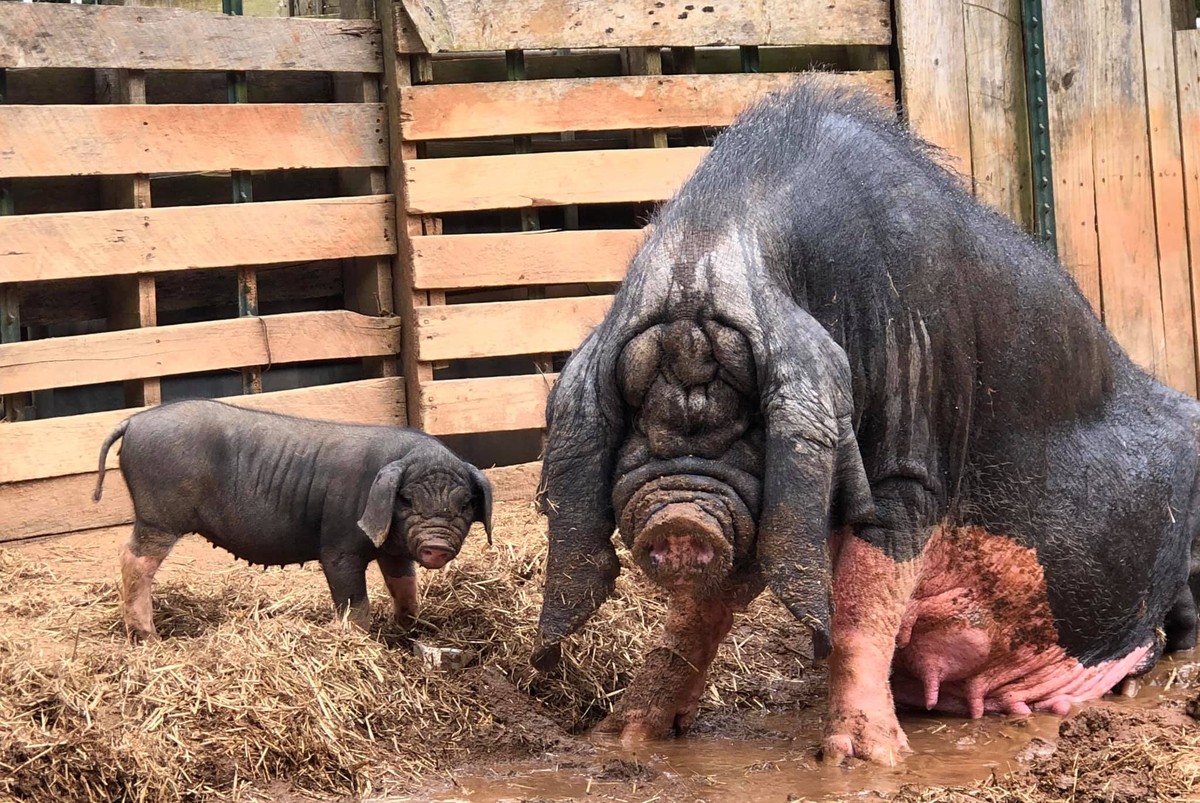Meishan: China's Miracle Pig—A Living Meat Conveyor Beneath Wrinkles
Hidden behind weathered skin and deep wrinkles lies a farming marvel: the Meishan. This is not just a pig—it's a living conveyor of meat, bred by Chinese breeders. Chinese pig breeding spans more than 5,000 years, and Meishan is among the earliest triumphs of their selective art. The breed remains beloved across Asia to this day. Meishan pigs are modest in size: boars at their peak stand no taller than half a meter at the shoulder and weigh up to 200 kg. Yet what they lack in stature they make up for with output: a single sow can produce an entire herd in a year.
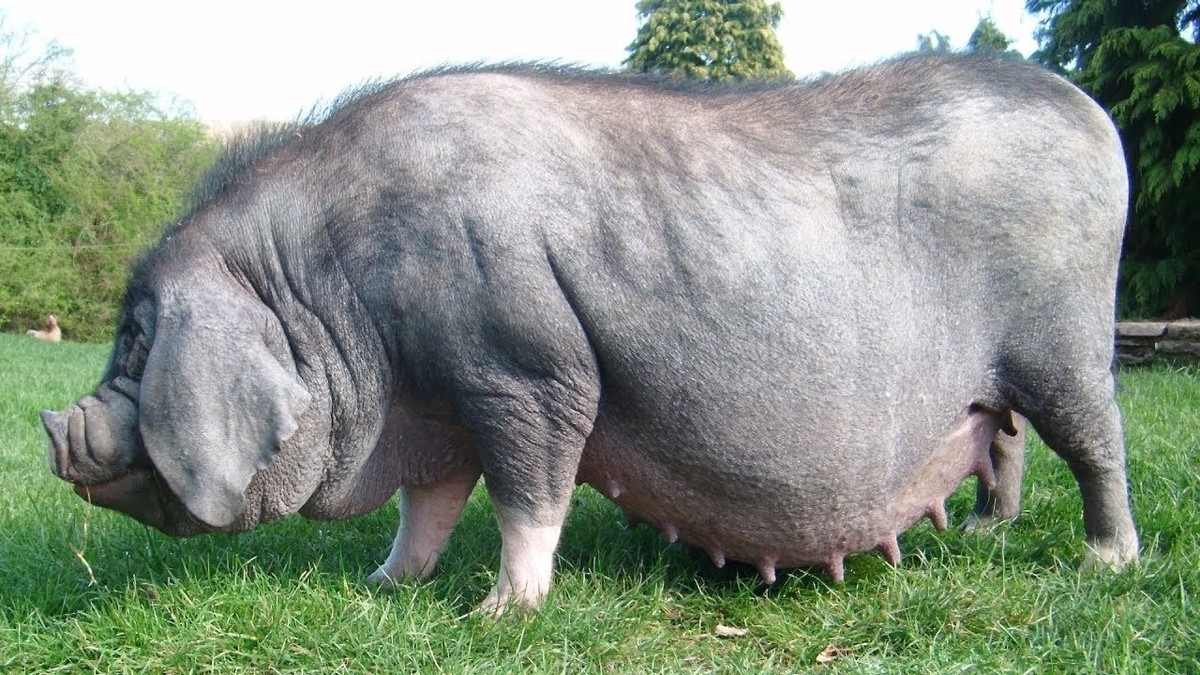
In This Article:
Ancient Breeding, Global Fascination
For more than five millennia, Chinese breeders have shaped pork into its many forms. Meishan emerged as one of the earliest expressions of this art, and its charm endures across Asia. The pigs may be small, but their impact is outsized—Meishan has won admiration not only in China but across the continent for generations.
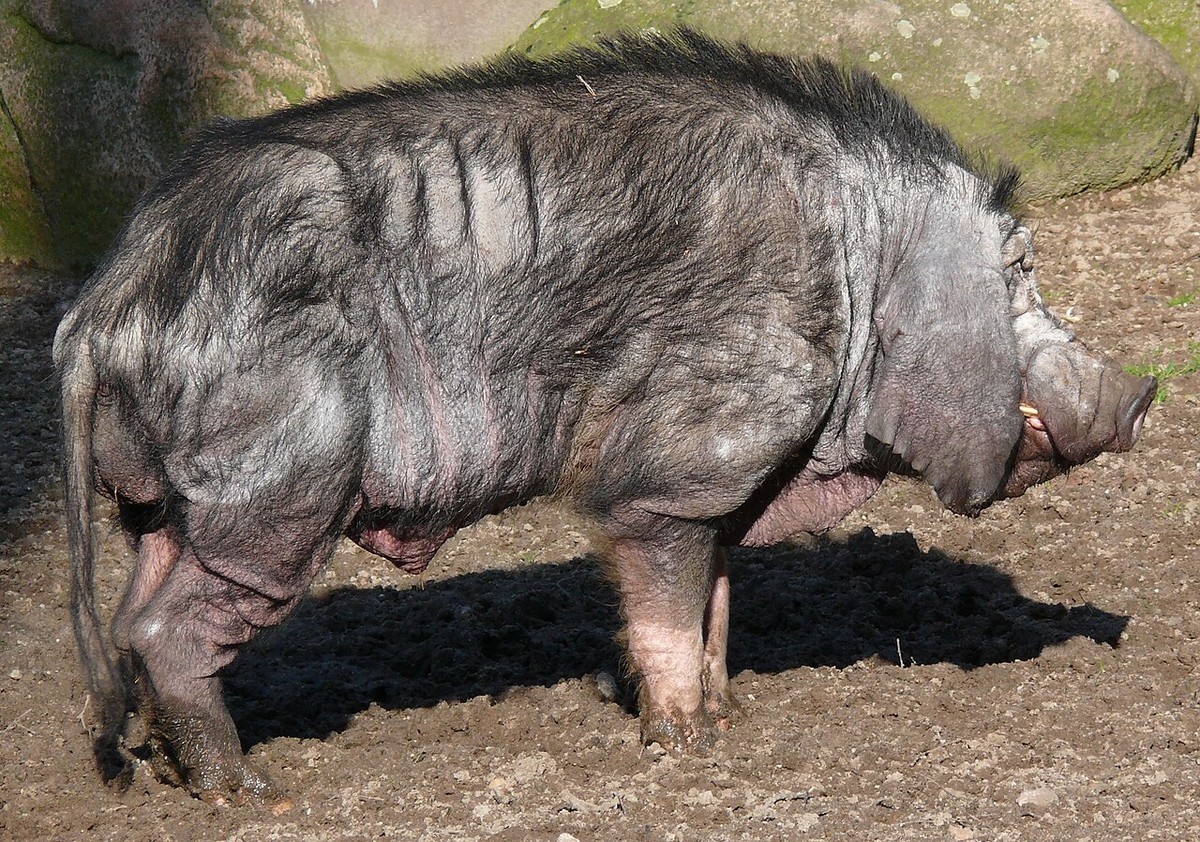
Fertility Boom: Litter Size, Teat Count, and Early Maturity
Meishan is the most prolific pig breed on earth. While ordinary sows may give birth to up to 16 piglets, Meishan sows can deliver 20 piglets in a single farrowing. The record goes higher: a U.S. mother reportedly bore 28 piglets. To support such litters, Meishan sows have nearly twice as many teats as other pigs—8 to 12 pairs (versus about 7). They also reach reproductive maturity faster, often becoming mothers twice a year and sometimes producing offspring that can breed by three months of age.
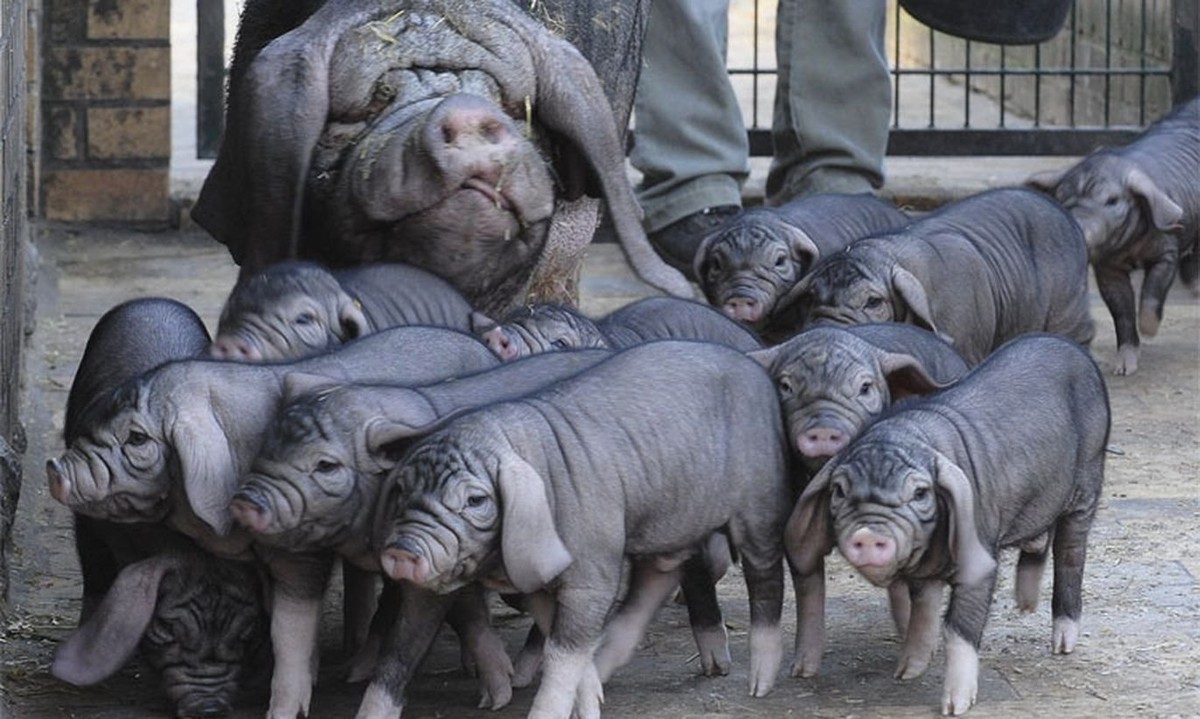
A Hardier, More Efficient Conductor: Diet, Space, and Immunity
Meishan are famously undemanding. They tolerate rough, monotonous feed and actually require 40% less food than many other pork breeds. They don't need vast enclosures or high fences. If a Meishan isn't eating, it often falls asleep; if it's asleep, it isn’t eating. Sometimes they sleep so deeply that meals are forgotten and must be gently awakened. And despite the sparse feed and near-stationary lifestyle, their immune system is incredibly robust—protecting them against the most common livestock diseases.
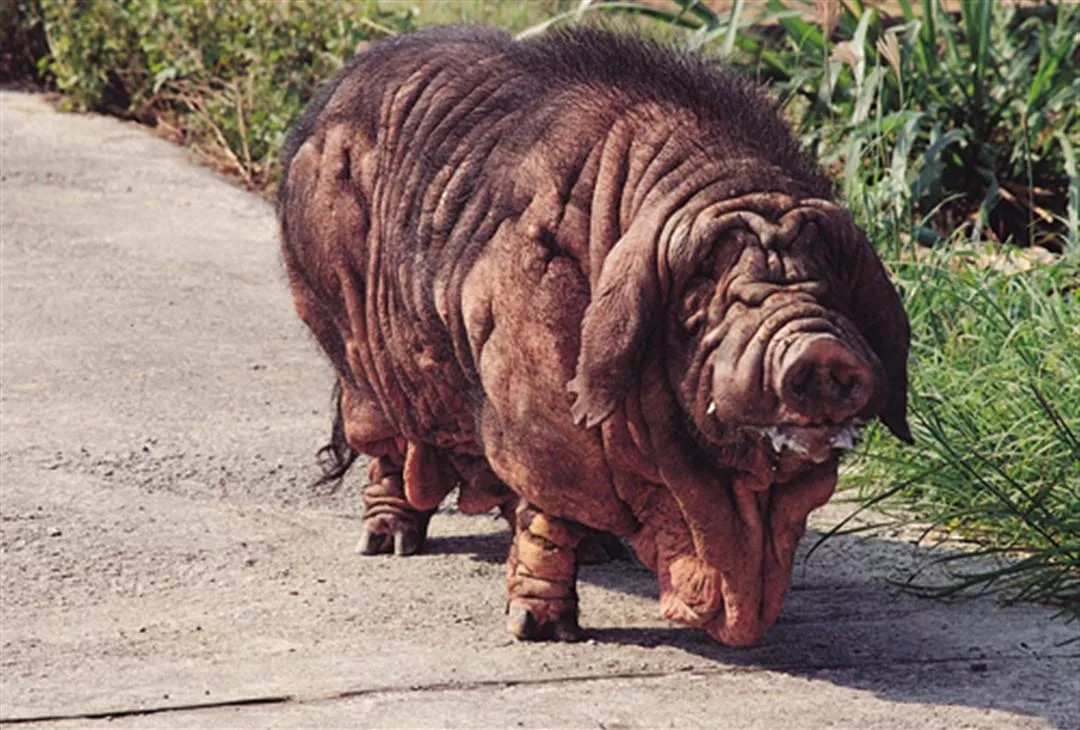
Culture, Taste, and Rarity: Why They Don’t Cross the Ocean
In Asia, Meishan meat is prized for its marbling, thick fat layers, and offal—ears, skin, tongue, and liver. In Western cuisine, meat is valued above all, and Meishan growth is slow: the average daily gain is only about 300 g, compared with 800–1000 g in typical meat breeds. The Meishan remains relatively rare. Western tastes and Asia’s traditional culinary standards diverge, so this remarkable pig is not as common outside Asia. With this, Animal Book closes a chapter: “Animal Book!” Our channel, eight years old and staffed by many zoologists, continues to publish high-quality articles. If you’d like to support us with a small subscription (100 rubles per month), you can do so here: https://dzen.ru/knigajivotnih?tab=premium
